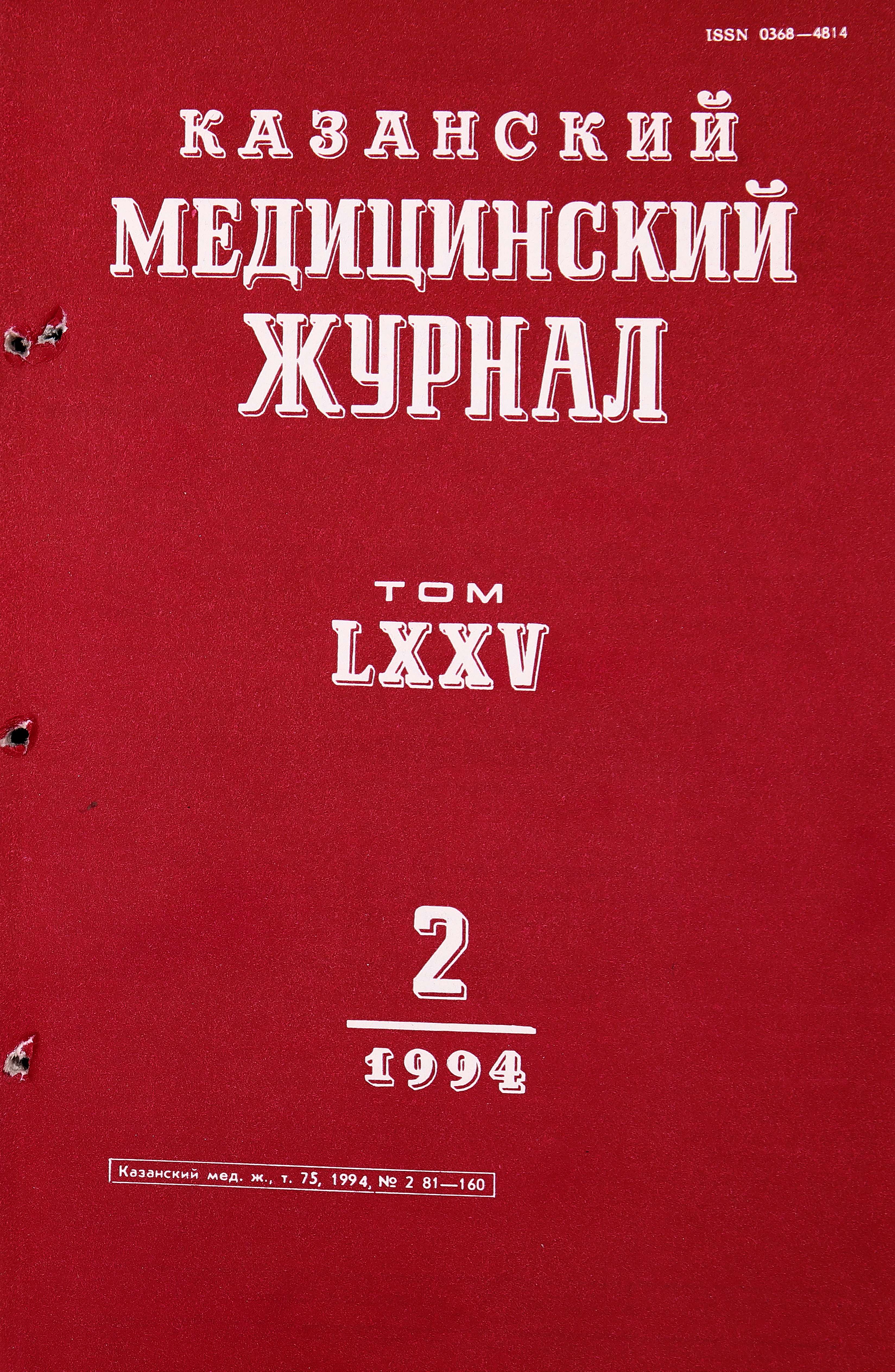Some problems of pathogenesis of traumas of vertebral column
- Authors: Shulman K.M.1, Danilov V.I.1, Anikin Y.M.1
-
Affiliations:
- Kazan Order of the Red Banner of Labor Medical Institute named after S. V. Kuratov
- Issue: Vol 75, No 2 (1994)
- Pages: 111-115
- Section: Theoretical and clinical medicine
- Submitted: 06.12.2021
- Accepted: 06.12.2021
- Published: 15.02.1994
- URL: https://kazanmedjournal.ru/kazanmedj/article/view/89726
- DOI: https://doi.org/10.17816/kazmj89726
- ID: 89726
Cite item
Full Text
Abstract
The results of study of the strength characteristics of vertebrae and intervertebral disks of the mobile part of vertebral column of a person in postenbryonal ontogenesis are given. The data obtained statistically allow to consider the pathogenesis of formation of Shmorl’s hernias, posterolateral hernias of intervertebral disks and the mechanism parts of the traumatic compression of vertebral bodies in persons of various age groups.
Keywords
Full Text
About the authors
K. M. Shulman
Kazan Order of the Red Banner of Labor Medical Institute named after S. V. Kuratov
Author for correspondence.
Email: info@eco-vector.com
Department of Nervous Diseases, Neurosurgery and Medical Genetics
Russian Federation, KazanV. I. Danilov
Kazan Order of the Red Banner of Labor Medical Institute named after S. V. Kuratov
Email: info@eco-vector.com
Department of Nervous Diseases, Neurosurgery and Medical Genetics
Russian Federation, KazanY. M. Anikin
Kazan Order of the Red Banner of Labor Medical Institute named after S. V. Kuratov
Email: info@eco-vector.com
Department of Nervous Diseases, Neurosurgery and Medical Genetics
Russian Federation, KazanReferences
Supplementary files









